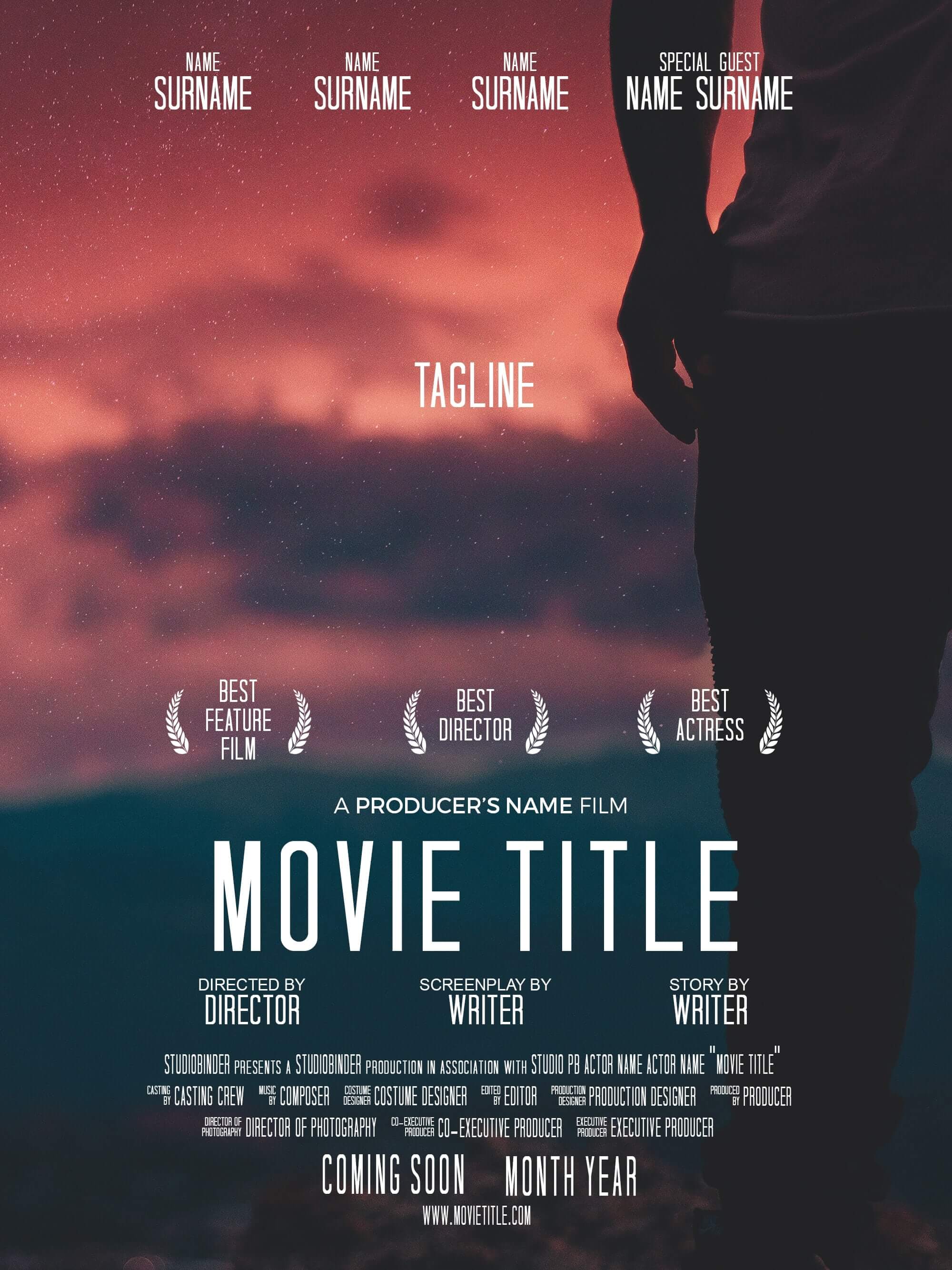
In an age where technology continuously reshapes the landscape of creativity, artificial intelligence is emerging as a groundbreaking tool in the realm of cinematic art. One of the most exciting developments in this space is the rise of the AI movie poster generator. These innovative tools harness the power of algorithms and machine learning to create visually stunning promotional materials that capture the essence of films in ways that were once limited to skilled designers and artists.
With the integration of AI into the artistic process, filmmakers and marketers can now access an unprecedented level of creativity and efficiency. Imagine being able to produce captivating movie posters in a fraction of the time it traditionally takes, all while exploring a diverse range of styles and concepts. This technology not only enhances the creative process but also democratizes it, allowing independent filmmakers and production companies to compete on a more level playing field. As we look to the future, the potential of AI movie poster generators to redefine visual storytelling in cinema is both exciting and immense.
Quick and easy movie poster maker
The Technology Behind AI Movie Poster Generators
AI movie poster generators utilize advanced machine learning algorithms to create visually stunning and contextually relevant artwork. These systems often rely on deep learning techniques, particularly convolutional neural networks, which are designed to analyze and interpret visual data. By training on vast datasets of existing movie posters, these algorithms learn to recognize patterns, styles, and themes that resonate with audiences. The result is an intelligent system capable of generating new designs by combining learned aesthetics with user-defined parameters.
Another vital component of these generators is natural language processing. This technology allows the AI to understand and incorporate narrative elements from film synopses, genres, and themes into the poster designs. By interpreting textual input, the AI can tailor the visuals to better reflect the essence of a movie, enhancing its promotional appeal. This seamless integration of visual design and textual context marks a significant leap forward in how movie marketing can be approached.
Moreover, the user interface of AI movie poster generators has become increasingly intuitive, allowing filmmakers and marketers to engage with these tools more easily. Users can input information such as the movie's title, tagline, and genre, and the AI will produce multiple design variations within minutes. This accessibility democratizes the creation of movie posters, enabling independent filmmakers and smaller studios to produce professional-quality visuals without relying solely on traditional graphic design resources.
Impact on Creative Processes
The integration of AI movie poster generators into the filmmaking landscape is transforming the way creatives approach visual storytelling. By automating the design process, these tools provide artists and filmmakers with a source of inspiration that can ignite new ideas and change the trajectory of a project. Instead of being bogged down by technical constraints, creators can focus on the narrative and emotional aspects of their films, allowing their imagination to flourish in ways previously thought impossible.
Moreover, AI movie poster generators encourage collaboration between technology and artistry. Filmmakers can experiment with various styles, colors, and compositions within moments, leading to a richer exploration of visual motifs that resonate with audiences. As these tools continue to improve, they empower creators to push beyond conventional aesthetic boundaries, fostering a culture of innovation that can drive the entire industry forward.
Lastly, the use of AI in movie poster creation can democratize the design process. Independent filmmakers, who may have limited resources, can access high-quality designs that elevate their projects without the need for a large budget or a professional design team. This accessibility not only levels the playing field but also encourages diverse voices to emerge in the cinematic world, enriching the storytelling landscape with varied perspectives and artistic expressions.
Challenges and Future Directions
As AI movie poster generators continue to evolve, several challenges must be addressed to enhance their utility and appeal. One significant hurdle is ensuring the originality of generated artwork. With AI systems trained on vast datasets, there is a risk of creating posters that closely mimic existing designs, which can lead to issues of copyright infringement. Developers and artists alike need to find ways to maintain creativity while respecting intellectual property rights, which often requires a delicate balance.
Another critical challenge lies in the need for AI tools to understand and reflect the emotional tone and narrative of films accurately. While current generators can create visually appealing images, they may struggle with capturing the essence of a film’s story or its character dynamics. Future advancements should focus on improving AI's contextual understanding and storytelling capabilities, allowing it to generate posters that resonate deeply with potential viewers while accurately representing the film’s themes.
Looking ahead, the integration of user feedback in AI movie poster creators will be essential for refinement. Feedback mechanisms can help enhance the models, allowing them to learn from audience preferences and trends within the film industry. As these generators become more adaptive, they’ll not only streamline the poster creation process but also inspire innovative art styles that reshape how movies are marketed and perceived. Embracing such collaborative approaches will undoubtedly shape a more dynamic future for cinematic art.